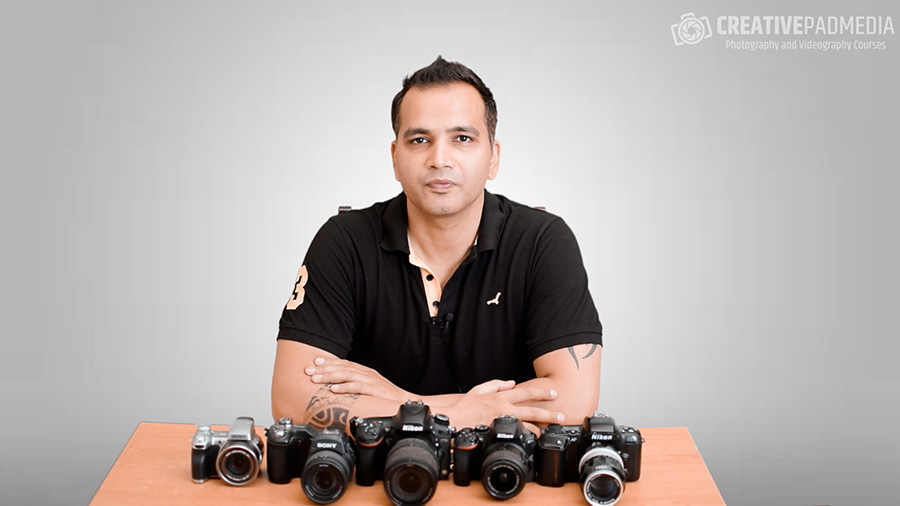Here Are 7 Ways to Improve Your Photography Instantly
Digital cameras are cheap to buy and easy to use, so they have made photography accessible to everyone. Traditional film photography was expensive, time-consuming and required high levels of technical ability. The rise of digital photography has led to a huge increase in the number of pictures taken, but the quality hasn’t improved at the same rate as the technology. Simple mistakes such as poor framing and failing to focus on the subject mean that many photographs disappoint.
If you want to make the most of your digital camera, the following tips will instantly improve your results.
1) Read the manual.
Modern digital cameras are designed to be used straight from the box. Simply charge the battery, and you’re ready to shoot. However, if you don’t take time to read the manual you’ll miss out on the full range of features a camera has available. At the very least, you should understand how to take control of exposure and focussing for the best results. Studying a camera’s instruction manual means you can access advanced features such as time-lapse photography.
2) Understand shooting modes.
As well as full auto mode, most digital cameras offer a range of shooting modes. Shutter priority mode is designed to freeze fast-moving subjects and is ideal for sports and action photography. Aperture priority mode allows a photographer to control how much of an image is within the focus range and is often used for portrait photography. By learning how each camera mode affects each shot you can make the most of your digital camera. And of course, even though it may be slightly technical, always learn how to shoot in the manual mode. Our online courses can help you do that.
3) Consider framing and composition.
Once you can rely on your camera to expose and focus each shot correctly, consider how to frame and compose to create compelling images. Having the main subject in the centre of the frame often results in a dull and disappointing image. Artists and painters often use the so-called ‘rule of the thirds’ when composing a picture. A more pleasing result to the eye is obtained by dividing a frame into nine squares and positioning key elements of a picture at the intersections.
4) Consider the impact of light.
The strength, angle and color of light have major impact on a photograph. Direct sunlight creates strong shadows and brings out detail. Softer light on overcast days is more flattering for portrait photographs. Landscape photographers often wait hours for the light falling on a scene to create the best effect. Light is one of the most important and one of the most often overlooked elements of a photograph.
5) Experiment to develop camera skills.
Reading books and studying the work of great photographers is one way to improve your pictures, but actually shooting more can bring better results. Experiment with a range of different subjects to push your camera skills to the limit. Taking on a long-term photography project may motivate you to try different things. For example, take a picture of the same view every month for a year.
6) Move closer to your subject.
If there’s one single tip to improve the majority of photographs it would be to move closer to your subject. Filling the frame creates impact. The viewer of a picture should instantly be able to tell what the main subject is, and moving closer makes this much easier. Portrait photographs generally work better if the person’s face fills the frame. Zoom lenses are useful in cropping an image for impact, but moving closer to the subject achieves the same.
7) Don’t get hung up on cameras and equipment.
Advanced digital SLR cameras and expensive lenses can of course help, but photography isn’t just about the equipment you use. A good photographer can take impressive pictures with a smartphone or basic digital camera. Learn the basics of photography and composition, and make the most of the equipment you have.
Following the tips in this article will turn your snaps into photographs you’ll be proud of.








